Palaestinum Species: The Role of Taxonomy in Geographic Identity
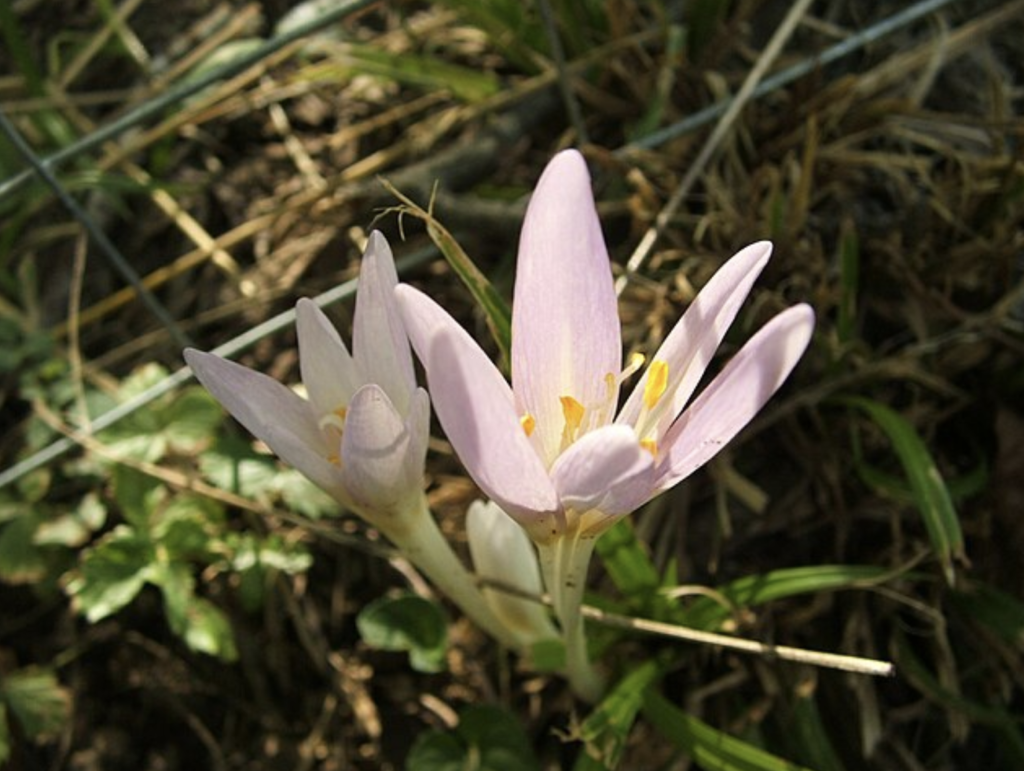
Author: Yara Marei / Arab America Contributing Writer
In a regular class of the phytotherapy course for medical students, the topic of organism classifications was explored, rekindling interest first sparked in their 10th-grade O-Level biology classes, where they learned the classification hierarchy: kingdom, phylum, class, order, family, genus, and species. Setting politics aside, this course focuses on phytotherapy—the science of the relationship between drug discovery and natural sources of active ingredients, including plants, fungi, prokaryotes, and archaea. Central to this field is taxonomy, the science of naming and classifying living organisms. This system not only aids in scientific research but also reveals the historical and cultural heritage of the land where these organisms are found. Presented by Yara Marei, the Palaestinum species exemplifies this connection.
Taxonomy: Bridging Science, History, and Identity
The Foundation of Taxonomy
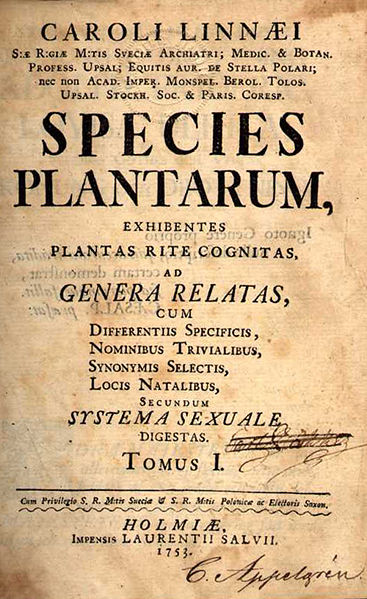
Taxonomy is the backbone of biological sciences, providing a structured system for naming and classifying living organisms. It relies on morphological, functional, and geographical characteristics to categorize species. The International Code of Botanical Nomenclature, first published in May 1753, serves as the global reference for taxonomy, ensuring consistency and accuracy across scientific disciplines.
Beyond Classification: Capturing History and Identity
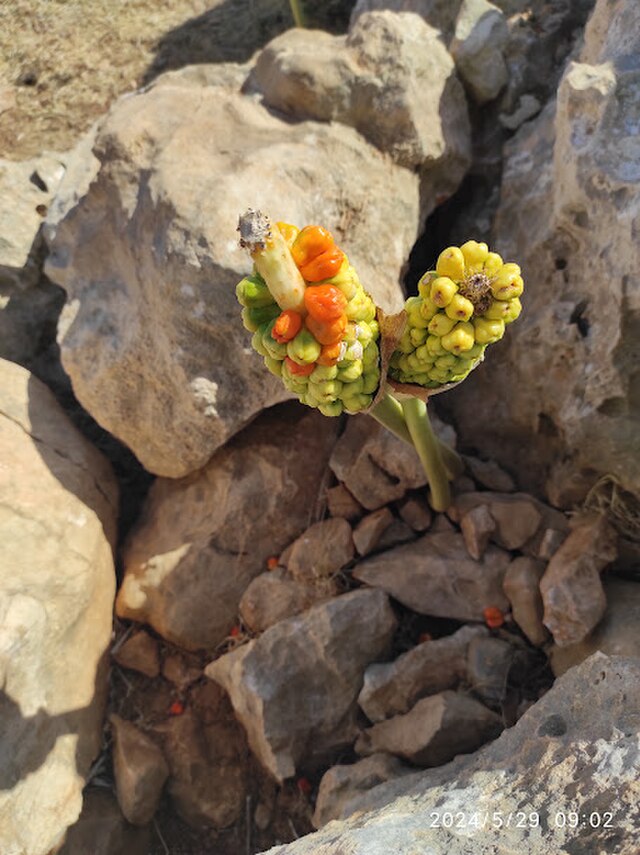
Taxonomy goes beyond scientific classification; it also captures the history and identity of regions through the names and characteristics of species. For instance, the Palaestinum species, named after Palestine, was first documented in the International Code of Botanical Nomenclature 300 years ago. This species thrives in the unique conditions of Palestine, and its classification highlights the region’s rich biodiversity. The naming of species often reflects the geographical and cultural significance of their origins. By documenting species like Palaestinum, taxonomy preserves the historical and cultural heritage of the land. These scientific records serve as a testament to the enduring connection between people and their natural environment, providing a sense of identity and continuity.
The Palaestinum Species: A Testament to Natural Heritage
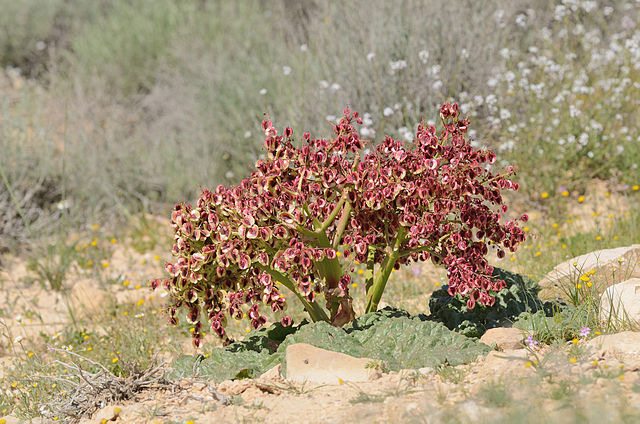
The Palaestinum species includes a variety of organisms such as Arum palaestinum, Androcymbium palaestinum, Arrhenatherum palaestinum, Rheum palaestinum, Colchicum palaestinum, and Trifolium palaestinum, among others. Named for its geographical association with Palestine, this species was recorded in scientific literature centuries ago. Despite political changes and attempts to alter historical narratives, the scientific documentation of Palaestinum remains unchanged, highlighting the region’s natural heritage and reinforcing its historical significance.
Reframing the Narrative
However, there are ongoing efforts to reframe the narrative surrounding these species. Many Hebrew and English Israeli resources are now highlighting the significance of these plants by portraying them as Israeli plants grown and cultured by them. For example, Arum palaestinum is marketed for its anticancerous effects, and Rheum palaestinum is promoted as a plant that waters itself in the desert, being marketed as part of the flora of Israel. Despite these efforts, the official nomenclature and classification in the International Code of Botanical Nomenclature still reflect their original association with Palestine.
The Role of Taxonomy in Science and Education
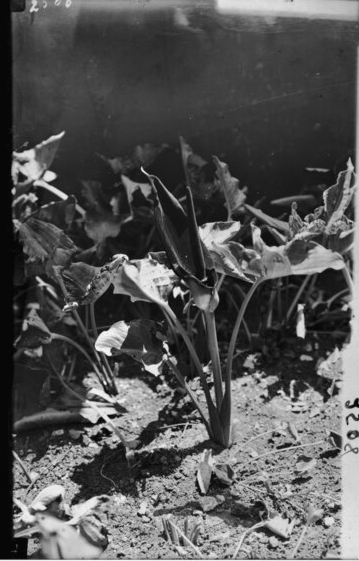
Taxonomy, uses various strategies, including morphological, functional, and geographical characteristics. The International Code of Botanical Nomenclature, first published in May 1753, serves as the main reference for taxonomy. This international code is confirmed in universities worldwide and remains a cornerstone of many curricula, including my current course in phytotherapy. Although the code was published 300 years ago, the data remains relatively static as 300 years is not sufficient time to see significant evolutionary changes or the discovery of new species needing inclusion and classification.
Enduring Connections: Land and Identity
The Palaestinum species serves as a scientific testament to the rich biodiversity of Palestine. The classification of species such as Palaestinum underscores the enduring connection between land and identity. Despite changes in borders and political ideologies, scientific and historical records affirm the heritage and rights of the Palestinian people.
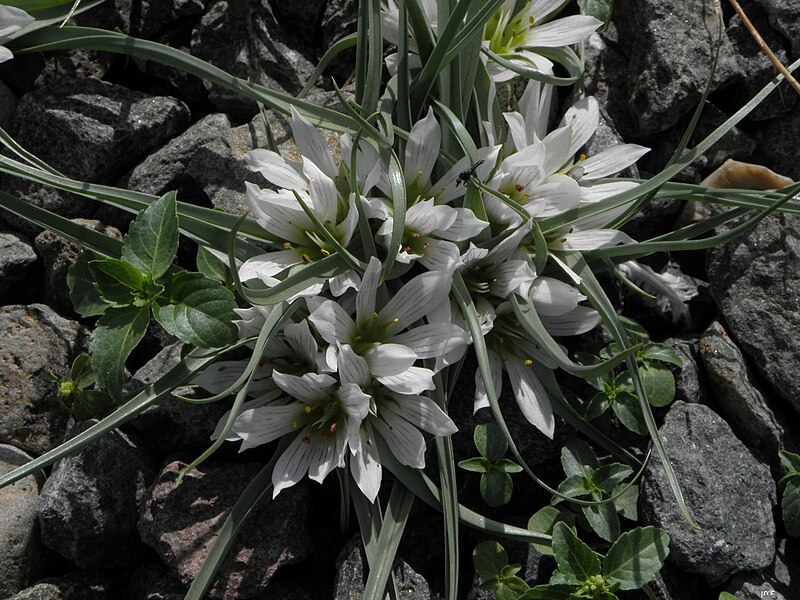
Challenges to Historical and Scientific Integrity
Over the past 300 years, political landscapes have shifted dramatically. The ideologies of occupation and political violation have evolved into what can be seen as legalized terrorism, where national defense is often depicted as brutal barbarism. This historical perspective raises questions about where Israel fits in this scientific narrative, even as some may attempt to manipulate or alter historical and scientific facts.
Take, for instance, you cannot find any biological species named after Israel, “Rheum israeleum Feinbrun,” so they are using the same scientific name for the plants and other organisms, saying that it is Israeli even though its name is palestanum species, Despite efforts to rewrite or obscure historical and scientific truths, the documentation within the International Code of Botanical Nomenclature remains steadfast and unaltered. Science and history hold firm against such attempts, preserving the integrity of the original classifications and nomenclature.
Preserving Scientific Heritage
The historical and scientific recognition of the Palaestinum species emphasizes that despite 71 years of changing borders, the land and its natural heritage remain undeniably linked to the Palestinian people. The scientific community continues to acknowledge and validate this connection through its rigorous and unbiased classification systems.
Phytotherapy and Taxonomy in Medical Education
The role of phytotherapy and taxonomy in medical education is not just about understanding the relationships between natural origins and drug discovery. It is also about appreciating the historical and geographical context of the species studied. In highlighting the Palaestinum species, we underscore the importance of recognizing and preserving the scientific heritage that links natural history to national identity.
Conclusion
In conclusion, phytotherapy and taxonomy offer invaluable insights into the natural world, bridging the gap between ancient knowledge and modern medical science. The documentation and classification of species such as Palaestinum in the International Code of Botanical Nomenclature provide a lasting record of the rich biodiversity of regions like Palestine, affirming their significance in both scientific and historical contexts.
Visit our blog here!








